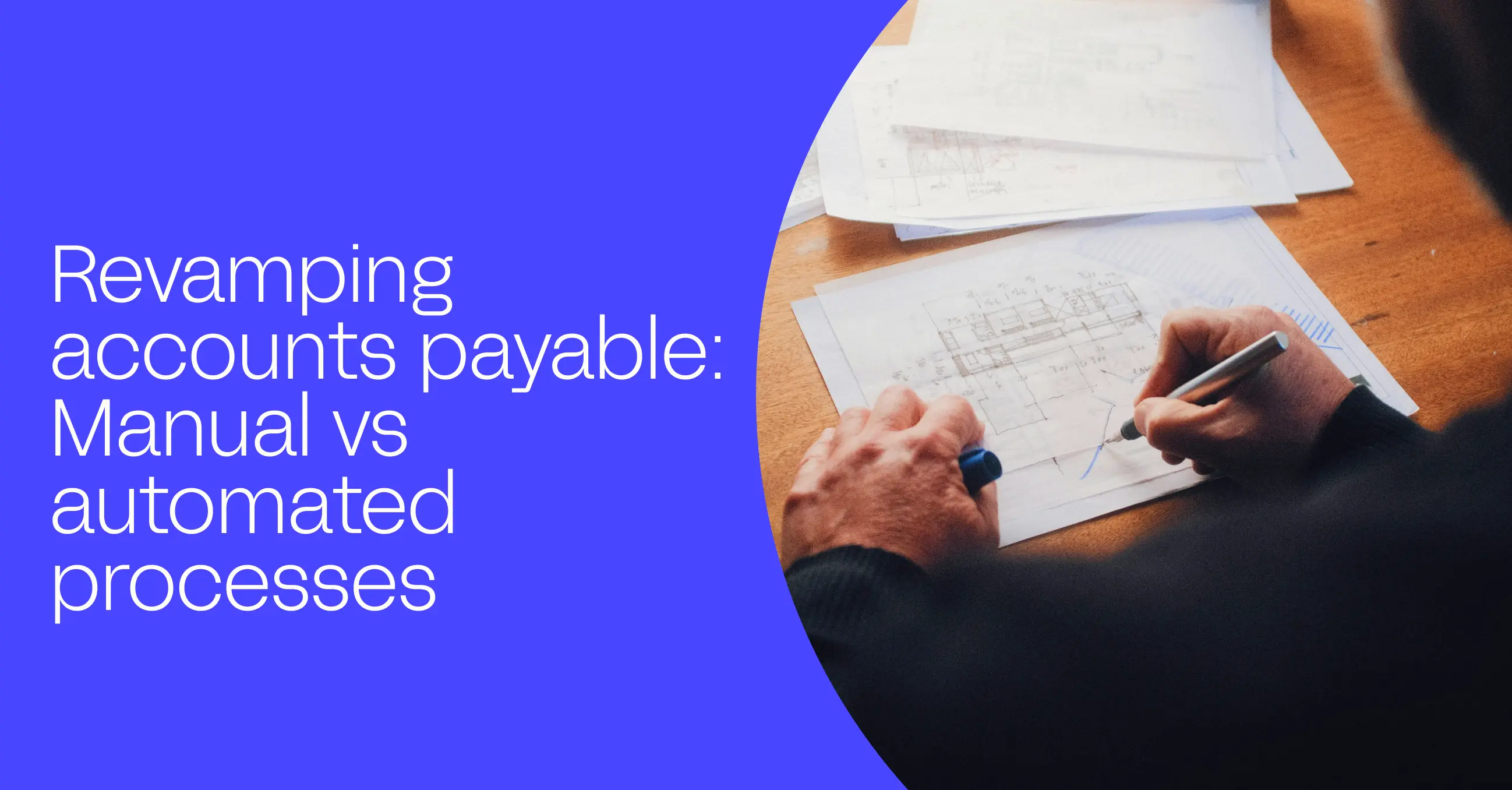What does 2/10 net 30 Mean?
Jo McCann
| January 5th, 2021
2/10 net 30 is a trade credit offered by the seller to the buyer for their purchase. If a buyer is able to pay an invoice in full within the first ten days, they will receive a 2 percent discount on the net amount. Learn why this is important for your business cash flow.
Nurturing long-term relationships with suppliers as your business grows is a worthwhile investment. Consistently paying vendor and supplier invoices on time, if not before the due date, is the best way to build trust. Further, understanding how credit terms impact your business, as well as that of your suppliers, gives you an edge in contract negotiations.
Overview of 2/10 net 30
One beneficial credit term between a buyer and a seller to consider is 2/10 net 30. Simply put, 2/10 net 30 is a trade credit offered by the seller to the buyer for their purchase. If a buyer is able to pay an invoice in full within the first ten days, they will receive a 2 percent discount on the net amount. However, if a buyer misses the 10-day window, they must pay the full amount of the invoice on or before 30 days.
How is 2/10 net 30 calculated?
For example, if your business purchases goods on the 1st of the month for $100, your business has now entered into a credit agreement. If you are able to pay the invoice in full anytime from the 1st-10th of that month, you receive a 2 percent discount, here's the calculation:
Term Discount (100%-2%) * Invoice Amount ($100.00) = Reduced Payment ($98.00)
However, if you do not pay the full amount on or before the 10th, then $100 is the full amount due by the 30th. When considering 2/10 net 30, or any payment terms, it is important to keep in mind that weekends, holidays, and transit time are included, and not just business days.
Benefits and drawbacks of 2/10 net 30
When your business is healthy, being able to take advantage of savings opportunities keeps money in your pocket. And the more you are able to demonstrate timely payments, vendors will be more likely to extend terms and/or offer other advantages. However, it is always best practice to put your own business needs first. There may be times that paying early will cause cash flow problems that prohibit your own ability to purchase equipment or invest in product R&D. If faster payments impede your ability to take advantage of the discount, it's counter-productive.
How to use 2/10 net 30 to your advantage
Suppliers who offer 2/10 net 30 are indicating that they prefer cash on hand to conduct their business. It is a win-win for the supplier who gains a market advantage over competitors as well as ensuring they have available means to conduct their business. A buyer who takes advantage of early payment discounts demonstrates that they understand the supplier’s needs. This relationship encourages a supplier to keep more product on hand, meaning your business doesn’t run into back-orders on the supply chain.
Similar payment terms
Payment terms are a good indication of the health of the relationship with that supplier, and 2/10 net 30 is just one credit option that a supplier may prefer. The longer the window of credit the more financial burden the supplier assumes. A supplier that sees the benefit of a relationship with a buyer may offer longer terms as a contractual incentive. Some examples of supplier terms are:
Immediate payment: net due on receipt
Non-discount terms: net 10, net 30, net 60
Longer, short-term payment incentives: 3/15 net 60
Conclusion
As a small business owner, developing a good relationship with vendors is key to ensuring you have supplies on hand to continue to support your client base and take advantage of growth opportunities. While a supplier may be less willing to take on longer credit terms with a new buyer, as a business demonstrates the ability to avoid late payments, those terms can be negotiated giving you access to the benefits of short-term discounts and overall savings.
Recommended Reading

Accounting
What is payment automation?
From fraud detection to reducing manual data entry, automation can help your team be more efficient and focus on much more crucial tasks than filing papers.

Accounting
Revamping accounts payable: Manual vs. automated processes
Learn how transitioning from manual to automated processes can revolutionize your Accounts Payable department while avoiding potential pitfalls.
